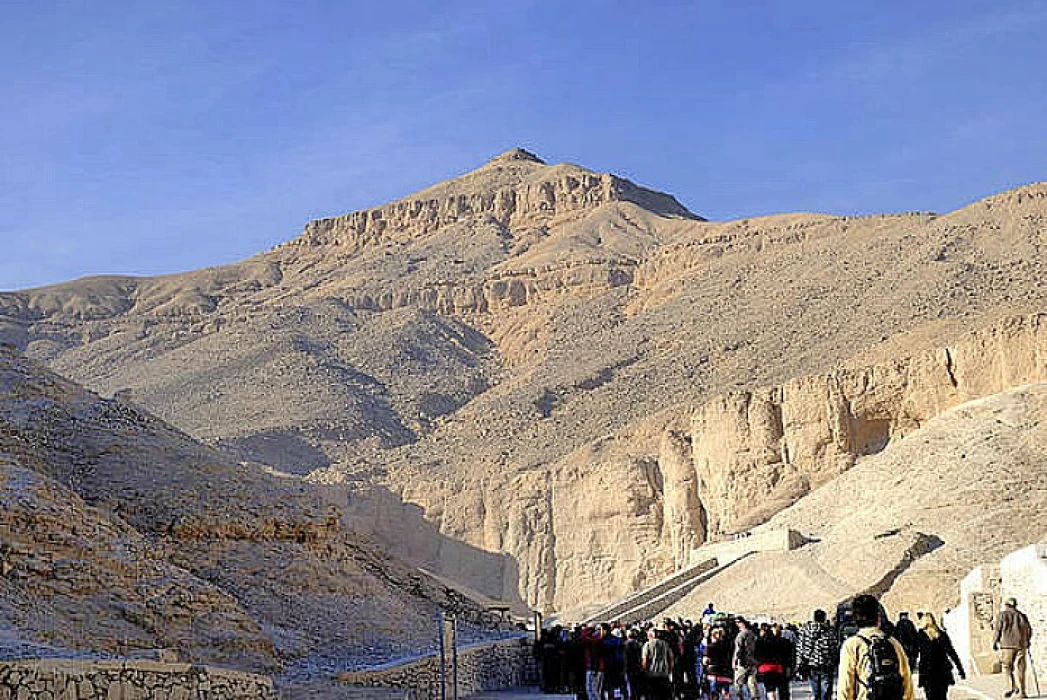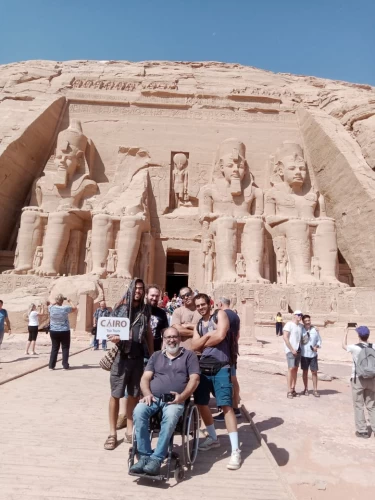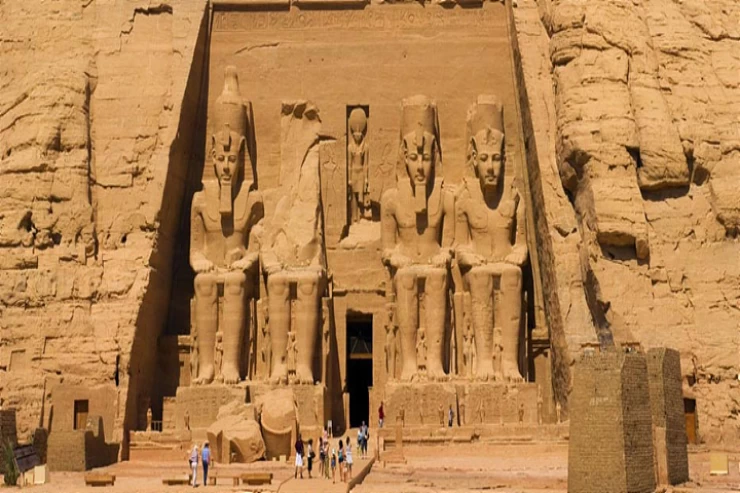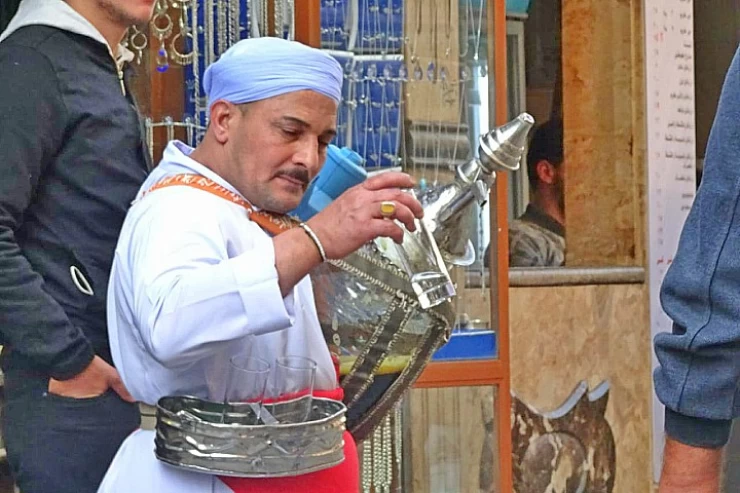
Valley of the Nobles
The best cemetery
Every detail concerning the great Valley of the Nobles in Luxor is captured in the text below. The Valley of the Nobles spans a considerable region situated on Luxor West Bank, residing southwards of the famed Valley of the Kings and comprises of close to 500 graveyards belonging to the wealthy Theban people as well as government dignitaries. Unlike the kings who were buried in remote valleys, the noblemen chose to bury their dead ones on rocky cliffs overlooking river Nile but without any precious metal inside.
The Valley of the Kings, or Wadi Biban el-Moluk, is a valley of rock cut tombs that were ancient Egypt nobles’ resting places and were part of funerary complex arranged on the west bank of the Nile, near Luxor and Al-Qurna village. The cemetery contains more than 400 known tombs, consisting primarily of larger, more decorated tombs; however, these are just some of the 500 workers’ tombs that are located in the village adjoining.
The Valley of the Nobles was very modest and was not as large or extravagant as the tombs of the kings, but these tombs also included many simple drawings that painted a picture of life in ancient times. Each of the tombs of the nobles was able to convey the complete life story of its inhabitants, through the wonderful decorations on the walls of the tombs that depict every detail of their lives, and the nobles are the following:
One of the most famous tombs is the tomb of Ra-Mos (No. 55), who was the mayor of Thebes at the end of the reign of Amenhotep III, but his mummy was not found and the decorations were not completed, because Ra-Mos moved with the new king Akhenaten to the new capital, Akhet Aton (Tell el-Amarna), so he left it unfinished.
Sanfer's Tomb The tomb of Sanfer is one of these magnificent tombs. He was the supervisor of Amun's gardens during the reign of Amenhotep II (1427-1400 BC). His tomb is one of the most beautiful and best-preserved burial chambers in the region. The walls and ceilings of the tomb contain many colorful scenes of Sanfer with his family members and many other scenes of daily life. The scenes in his tomb represent collecting taxes from the people and receiving gifts from foreign ambassadors who visited Egypt.
Another example is the tomb of Rakhmi E (No. 100), who was the minister of Thutmose III and Amenhotep II. The tomb has beautiful decorations representing the collection of taxes from the people and receiving gifts from foreign ambassadors who visited Egypt, such as agricultural products, utensils and rare animals, and through his tomb, researchers have been able to determine the responsibilities of the minister.
Nakht Tombs The Nakht Tombs (No. 52) belonged to a great writer and astronomer during the reign of Pharaoh Thutmose IV and his wife Tranim. His tomb is decorated with scenes of agriculture and fishing, perhaps because of his love of the river, and is one of the most famous tombs in the Valley of the Nobles in Luxor. Their tomb was rather small, but it contained beautiful decorations with wonderful colorful scenes, and these decorations were able to convey many details about the ancient days and many of their customs such as bird hunting and the influence of music in their culture.
Mina's Tomb This is one of the most famous tombs in the Valley of the Nobles in Luxor and one of the most delightful tombs, as it includes many prominent scenes of Mina, who obtained the title of surveyor during the reign of King Thutmose IV. His activity was important, as he was responsible for evaluating transactions with farm owners, so the tomb is full of scenes of daily life, with scenes of development, harvesting, and farming.


















